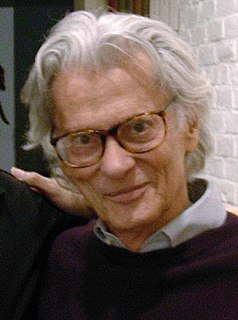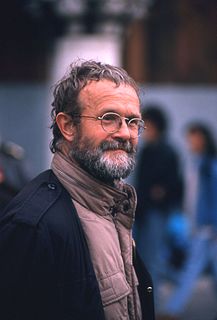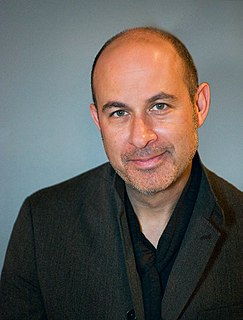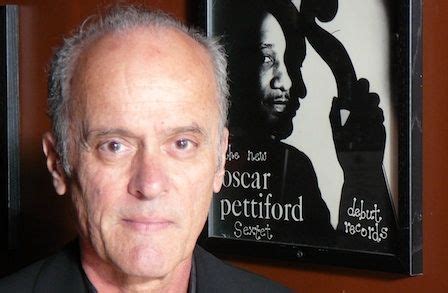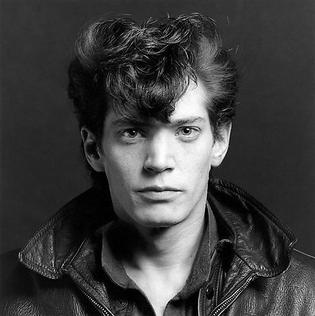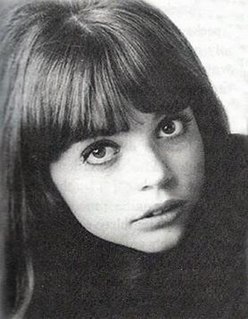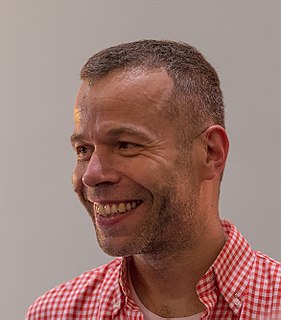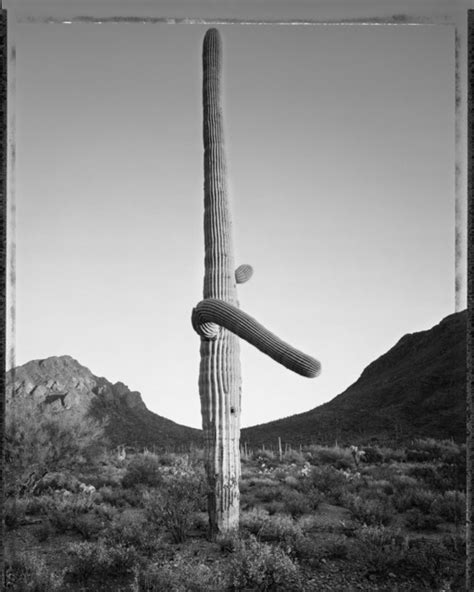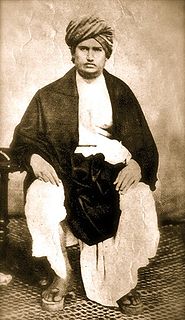A Quote by Richard Avedon
The pictures have a reality for me that the people don't. It is through the photographs that I know them.
Related Quotes
I've come to realize that I'm a image maker, not an object maker. Images come to me as photographs because I don't have any other way of express them. I have to translate everything into still or moving pictures. I've learned that reality is not important to me. In the end it is the representation of reality that I'm striving to capture.
Part of the role of photography is to exaggerate. Most of the photographs in your paper, unless they are hard news, are lies. Fashion pictures show people looking glamorous. Travel pictures show a place looking at its best, nothing to do with the reality... Most of the pictures we consume are propaganda.
My photographs are proof of what happened. When I go to Russia, sometimes I meet ex-soldiers... They say, 'We came to liberate you....' I say: 'Listen, I think it was quite different. I saw people being killed.' They say: 'No. We never... no shooting. No. No.' So I can show them my Prague 1968 photographs and say, 'Listen, these are my pictures. I was there.' And they have to believe me.
During my performances, I don't like folks to take pictures because I feel that we live in a very photographic time. Photography was invented over 100 years ago, and now it's at its peak because everyone has a camera. The fact that they are taking experiences and filtering them through a mechanical lens I find amazing, but also disheartening. Amazing when you have photographs that start revolutions. Disheartening when you have people making photographs but not living.
A lot of the stuff that I see, because it's part of the work that I do, is look at pictures and photographs and sculpture and all the rest of that. I also spend a lot of time looking at the people on my street, and all of it simply exists in sort of this tremendous forceful wash of reality out of which comes, what I hope, are these shapely recognitions of reality, which are my poems.
I like to look at pictures, all kinds. And all those things you absorb come out subconsciously one way or another. You'll be taking photographs and suddenly know that you have resources from having looked at a lot of them before. There is no way you can avoid this. But this kind of subconscious influence is good, and it certainly can work for one. In fact, the more pictures you see, the better you are as a photographer.
If you've ever had to recall your past in some way and you open a drawer of old photographs that your parents kept, there are always pictures of you smiling and charming, and then a bunch of people you don't know who they are. Could be aunts, uncles, could be the postman for all you know. Who are these people? Your parents are never in the picture, because they are the ones taking them. So you've got these unrelated images that are disconnected from your memories.
I want the pictures to be working in both directions. I accept that they speak about me, and yet at the same time, I want and expect them to function in terms of the viewer and their experience. With these abstract pictures, although the eye recognizes them as photographic rather than painted, the eye also tries to connect them to reality. There's always this association machine working in the brain, and that is why it is important to me that they are actually photographic and not painted.
I am not much interested in discovering new territories to photograph. Instead, what I wish my pictures could do is lessen the distance one often feels when looking at landscape photographs... The longer I work, the more important it is to me to make photographs that tell my story as a participant, and not just an observer of the land.
... my father loved to take photographs of me. When I was nine I made my own costumes for a school play and I experienced becoming different characters. I loved to document myself as different images and I think my work evolved after this favorite activity. The photographs I exhibited in New York juxtaposed reality and fantasy. There was everyday life and fantasy was dismantling that reality.
I capture reality, never pose it. But once captured, is it still reality? I've always tried to play with the false impression of reality, with the ambiguity of appearances. Things are what they seem to be, or maybe something else. I use people as unconscous actors in little dramas they don't know they're in. These pictures are about Earthlings, but I'll let you in on a secret: I'm an Earthling myself.
